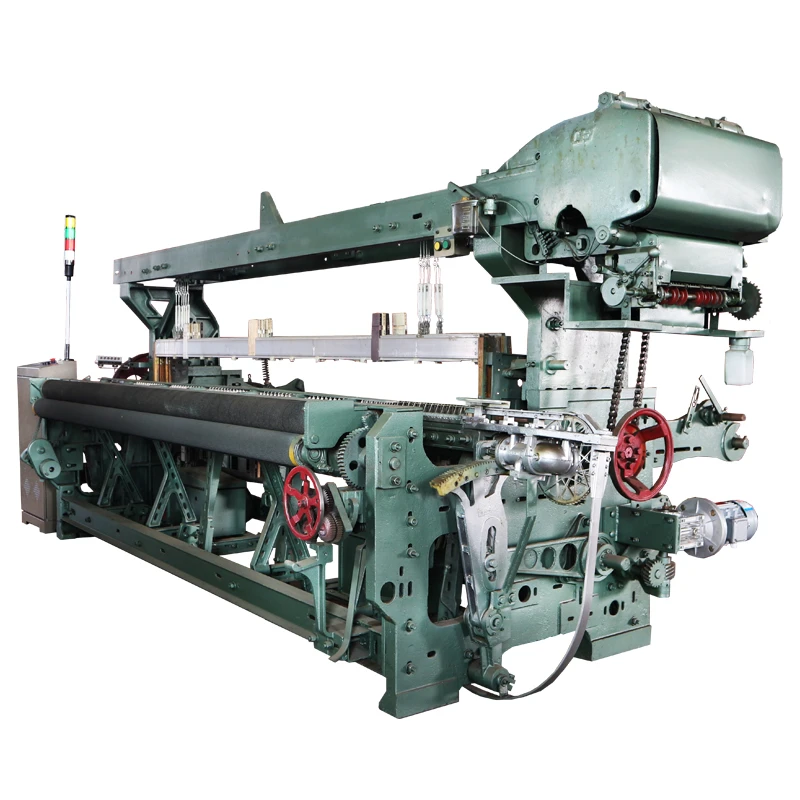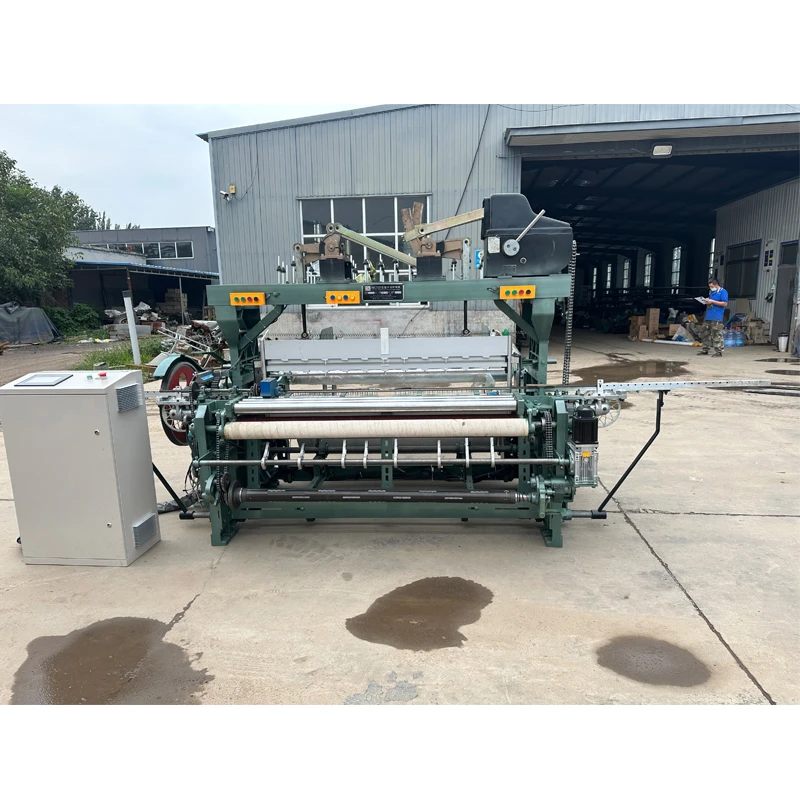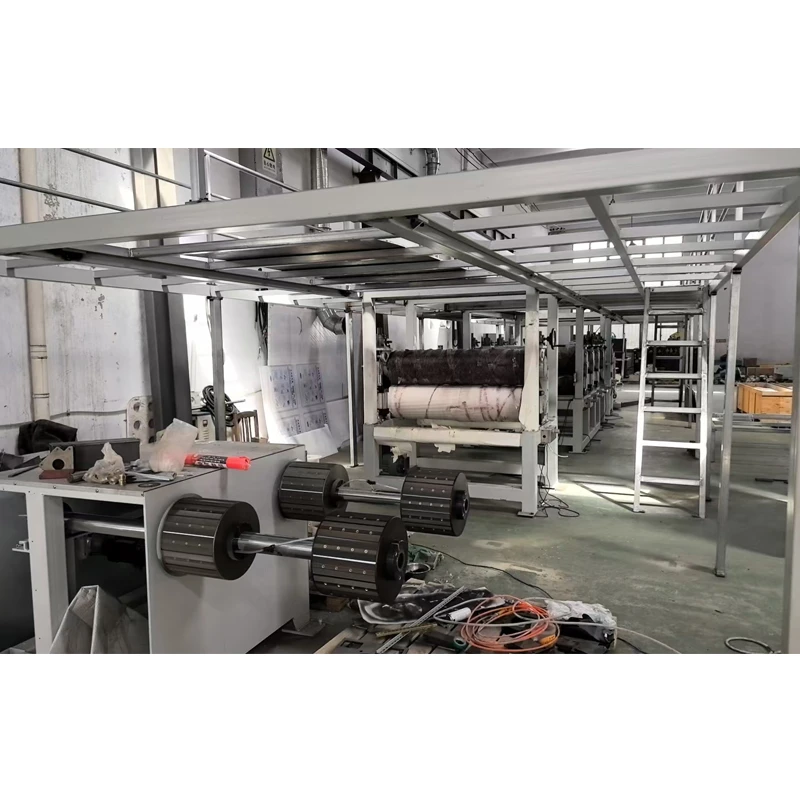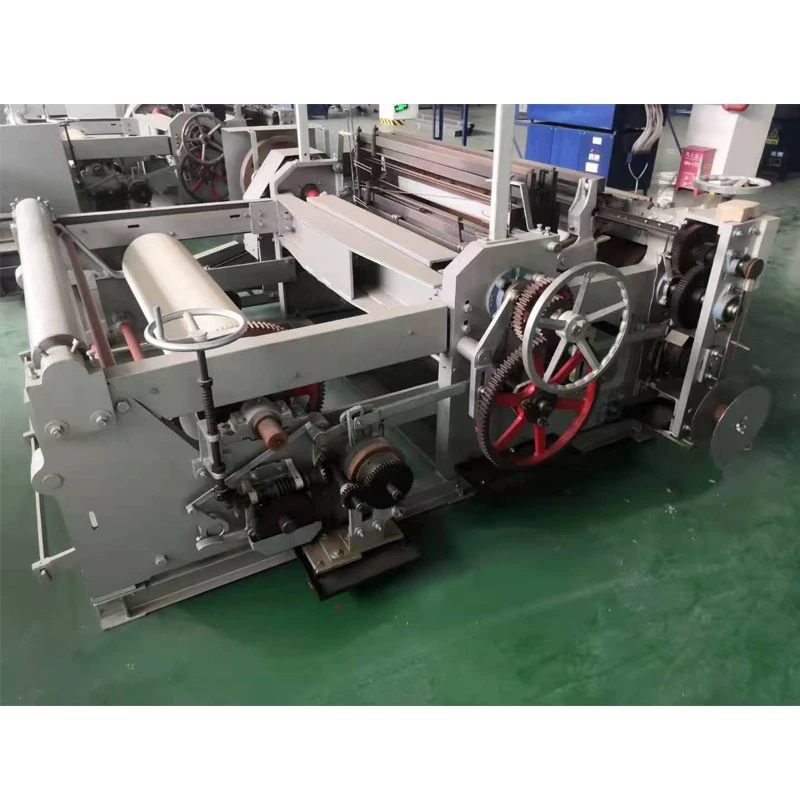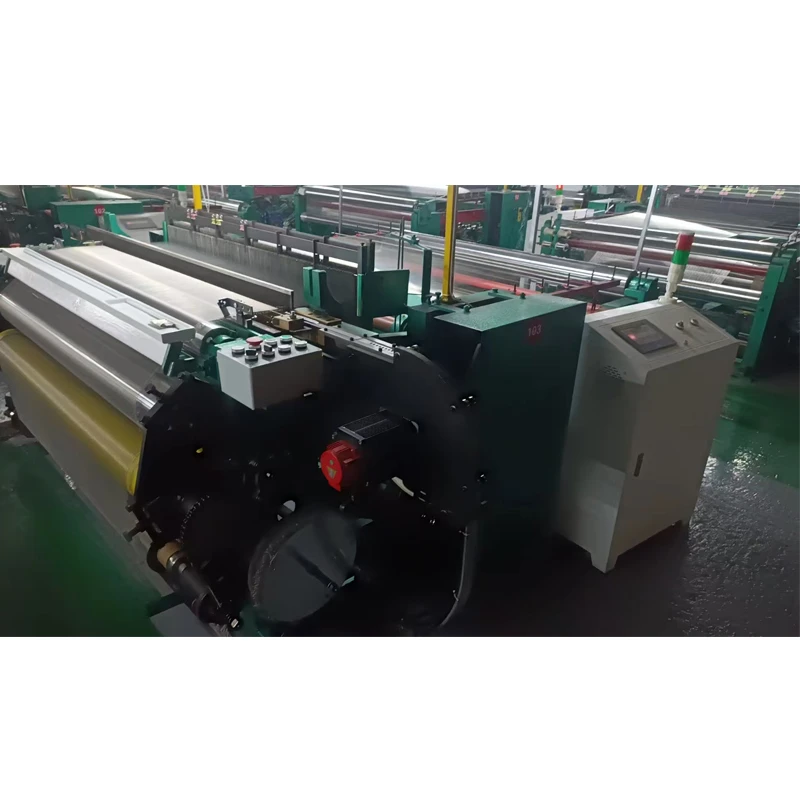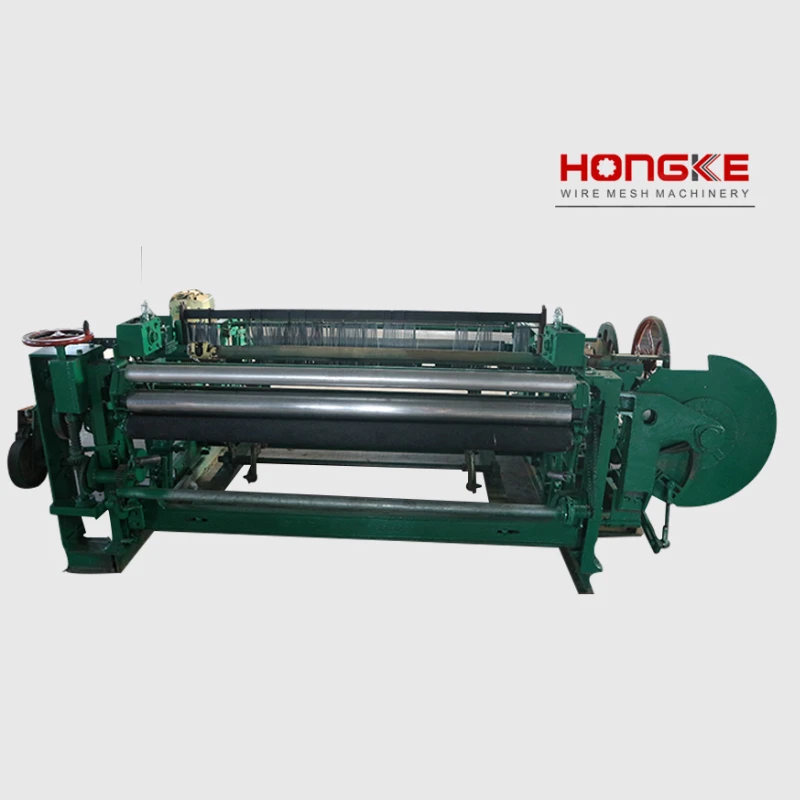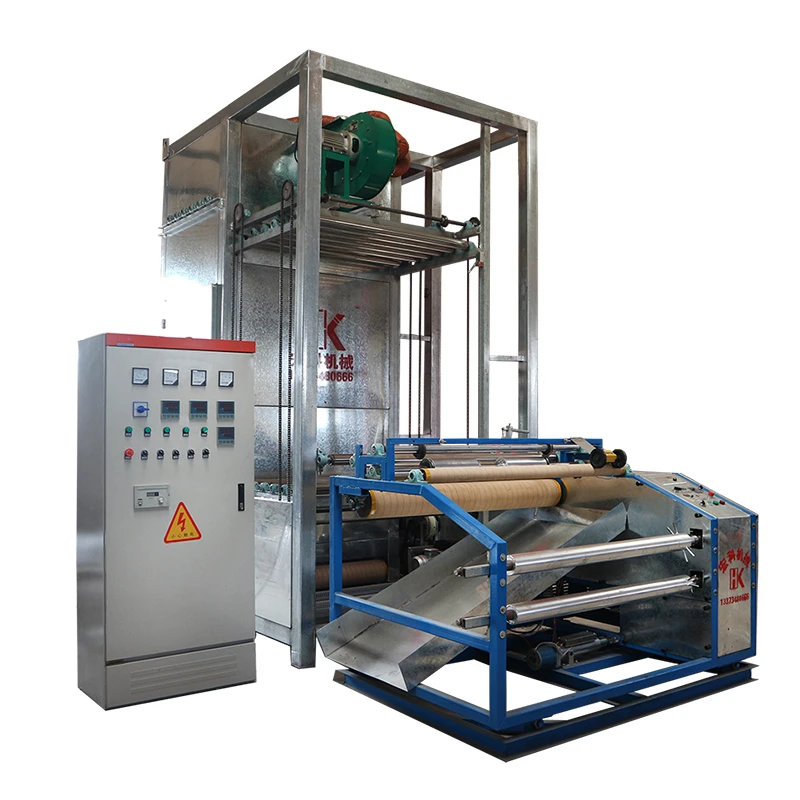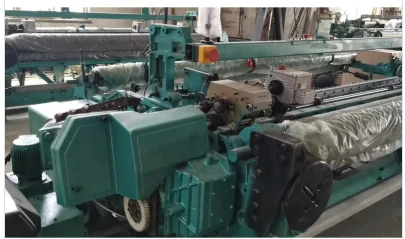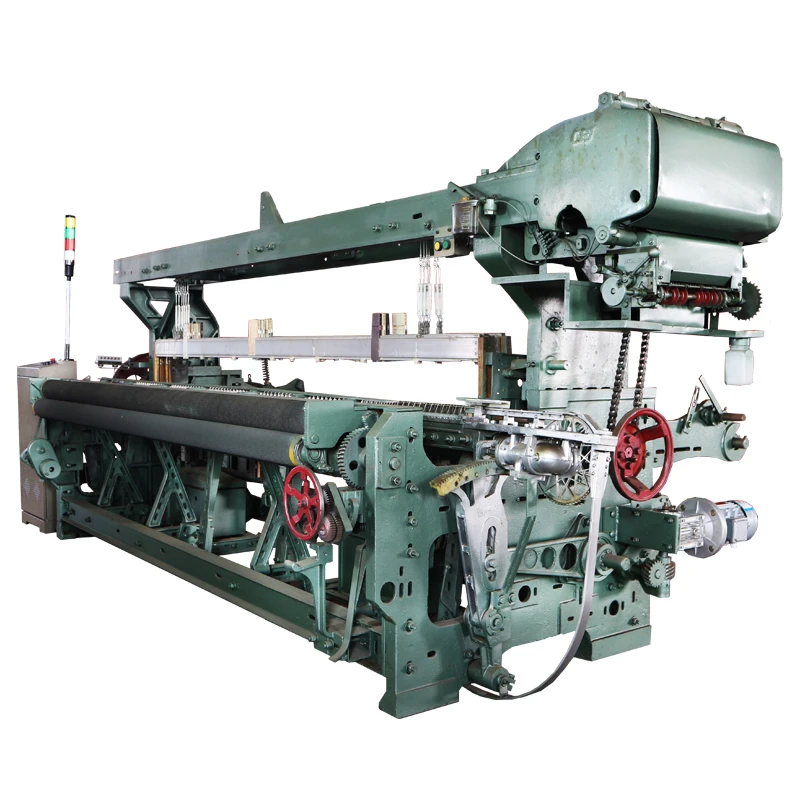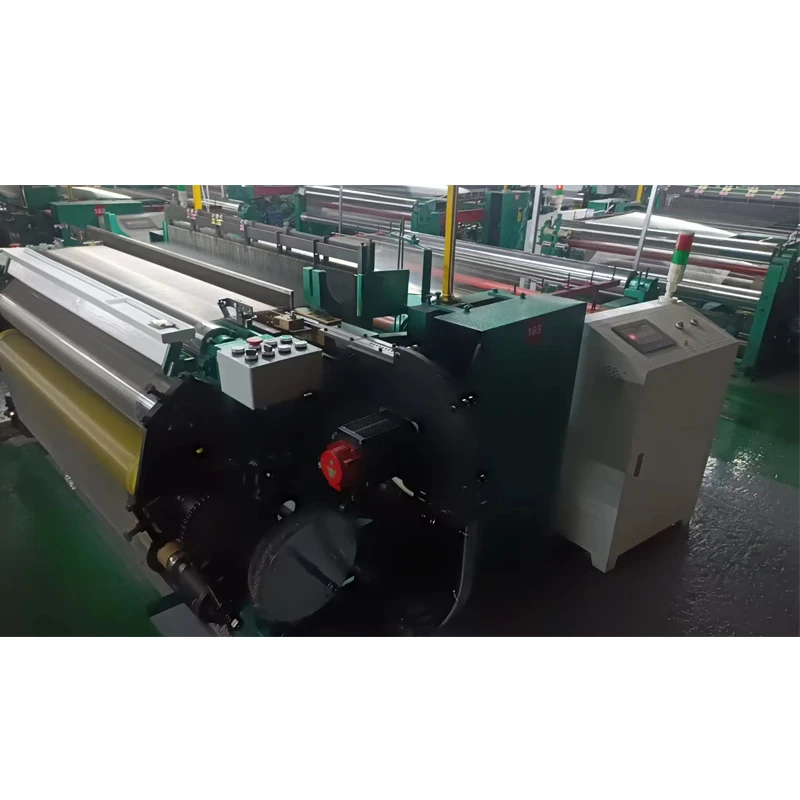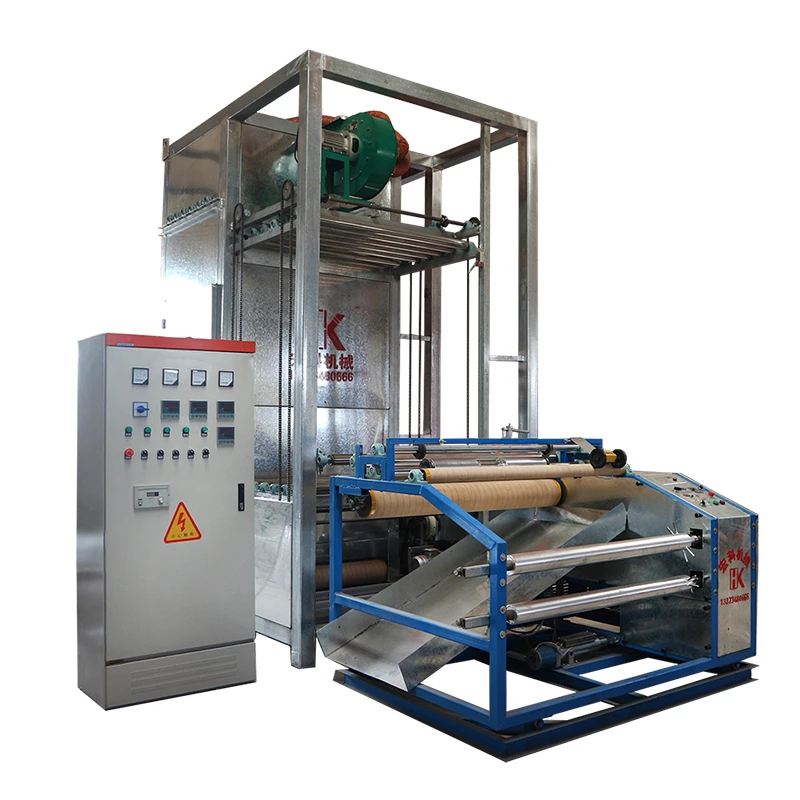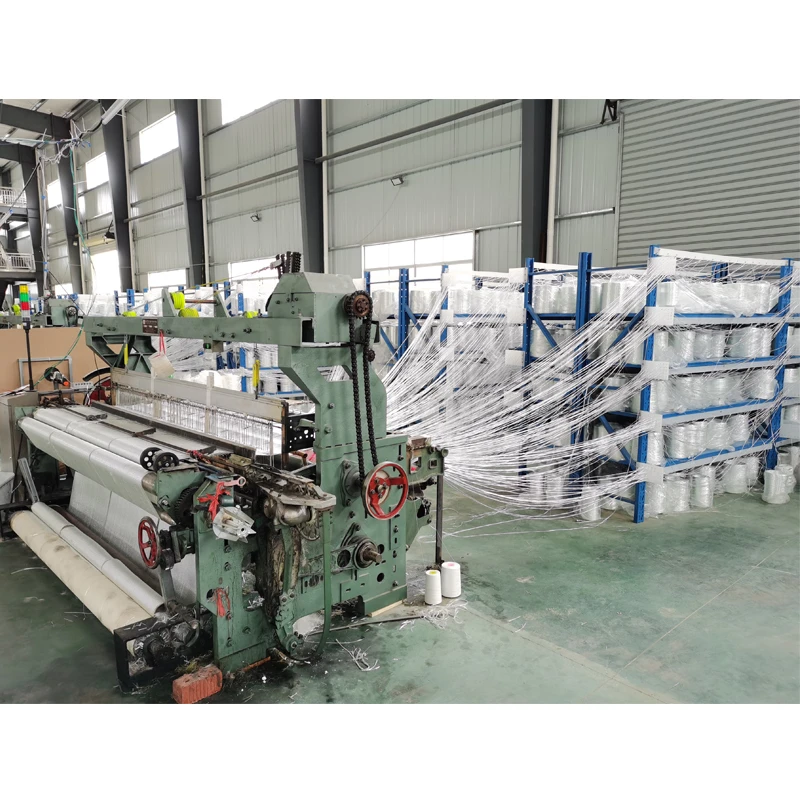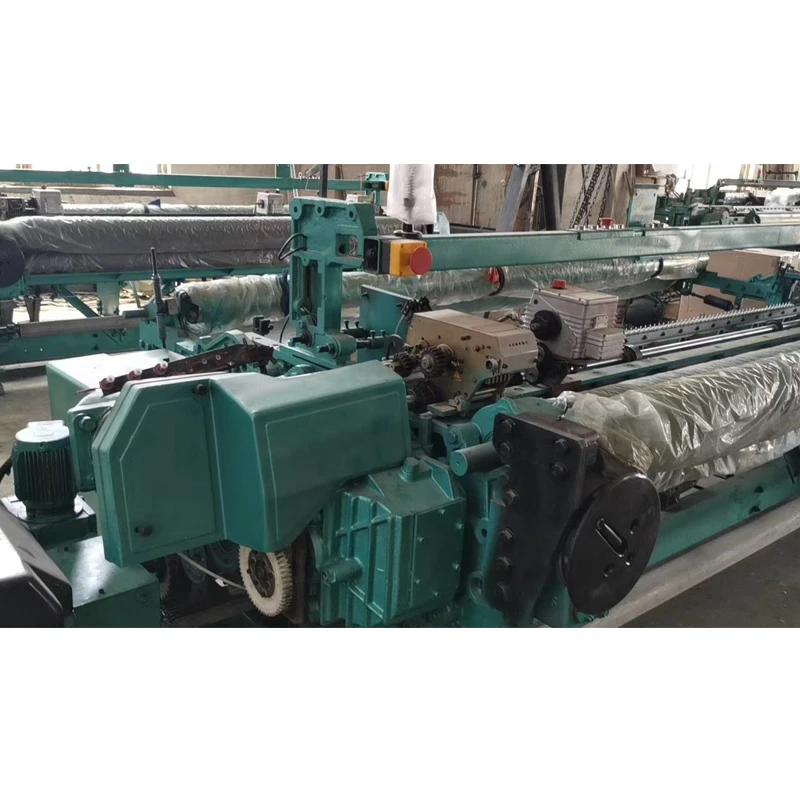
In the global battle against mosquitoes and other harmful insects, mosquito nets stand as a simple yet highly effective defense mechanism. Behind the production of these essential protective barriers are two remarkable types of machinery: mosquito net weaving machines and mosquito net knitting machines. These machines play a pivotal role in ensuring the mass production of high - quality mosquito nets that safeguard countless lives, especially in regions where mosquito - borne diseases like malaria, dengue, and Zika are prevalent.
Mosquito Net Weaving Machines
Mosquito net weaving machines operate on the principle of interlacing threads to create a fabric with a specific mesh pattern. They are designed to handle a variety of materials suitable for mosquito net production, such as polyester, nylon, and cotton. These materials are chosen for their durability, light - weight nature, and the ability to be woven into fine meshes that prevent mosquitoes from passing through.
The process begins with the setup of warp threads, which are the vertical threads that form the backbone of the fabric. These warp threads are carefully wound onto large spools and then mounted onto the weaving machine. The weft threads, which are the horizontal threads, are then introduced and interlaced with the warp threads in a precise pattern. The weaving machine uses mechanical or computer - controlled mechanisms to ensure accurate and consistent weaving. For example, in modern high - speed weaving machines, sensors are used to monitor the tension of the threads and adjust the weaving process in real - time. This results in a uniform mesh with small, evenly - sized openings that are just the right size to keep mosquitoes out while allowing for proper ventilation.
Mosquito Net Knitting Machines
Mosquito net knitting machines, on the other hand, create the fabric through a different process. Instead of interlacing threads as in weaving, knitting machines form loops of yarn and interlock them to create a fabric. This method allows for greater flexibility in the design and construction of the mosquito net.
The knitting process starts with a single strand of yarn, which is fed into the knitting machine. The machine uses a series of needles to form loops in the yarn. These loops are then interconnected to create a continuous fabric. Mosquito net knitting machines can produce a variety of stitch patterns, which can affect the strength, flexibility, and appearance of the net. For example, a ribbed stitch pattern can add extra strength to the net, while a lace - like stitch pattern can create a more decorative and lightweight net.
Applications and Significance
Public Health
Mosquito nets produced by these machines are a cornerstone of public health initiatives in many parts of the world. In malaria - endemic regions of Africa, Asia, and South America, the widespread distribution of mosquito nets has been shown to significantly reduce the incidence of malaria. By providing a physical barrier between sleeping individuals and mosquitoes, these nets protect against mosquito bites, which are the primary mode of malaria transmission. Mosquito net weaving and knitting machines enable the large - scale production of nets, making it possible to distribute them to vulnerable populations at an affordable cost.
Residential and Commercial Use
Beyond public health applications, mosquito nets are also widely used in residential and commercial settings. In areas where mosquitoes are a nuisance, people use mosquito nets around their beds, on windows, and in outdoor living areas such as patios and balconies. In the hospitality industry, hotels and resorts often provide mosquito nets in rooms to enhance the comfort of their guests. Mosquito net weaving and knitting machines ensure a steady supply of these nets to meet the demands of both the domestic and commercial markets.
Emergency Relief
In the aftermath of natural disasters or in conflict - affected areas, mosquito net production becomes even more critical. Disruptions to sanitation and living conditions can lead to a spike in mosquito populations, increasing the risk of disease outbreaks. Mosquito net weaving and knitting machines can be quickly mobilized to produce emergency supplies of nets, which are then distributed to affected communities to protect them from mosquito - borne diseases during these vulnerable times.









